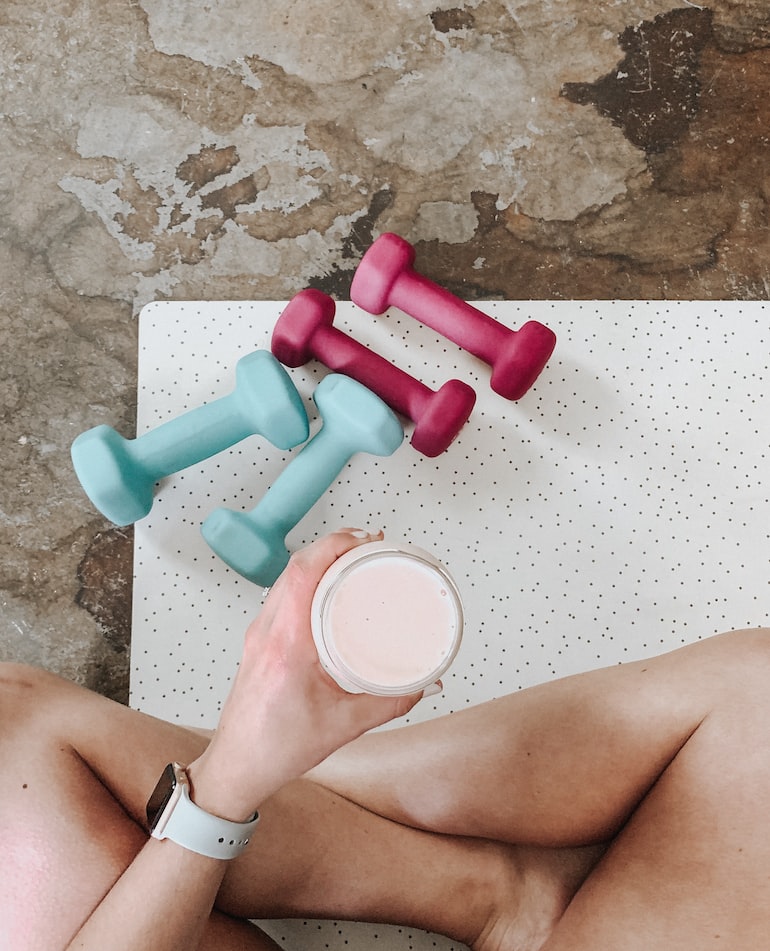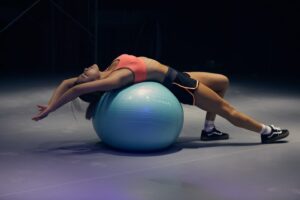The Ultimate Guide to Building Strength for Padel Players
3 min read
The Ultimate Guide to Building Strength for Padel Players
Padel is a fast-paced and high-intensity sport that demands a lot from the players, both physically and mentally. In order to be successful on the court, padel players need to have a wide range of skills, but perhaps one of the most important is strength. In this article, we’ll explore the best techniques and strategies for building strength for padel players.
Why Strength is Important for Padel Players
Padel is a sport that requires a combination of agility, speed, endurance, and power. Unlike other racquet sports like tennis and badminton, padel is played on a smaller court with walls. This means that players need to be able to move quickly and change direction often, while also being able to hit the ball with power and accuracy.
Being strong and having good muscular endurance can give padel players an edge in all aspects of the game. Stronger players are able to hit the ball harder, run faster, and last longer on the court without getting tired. Additionally, strong muscles can help to prevent injuries and aid in recovery after a tough match.
How to Improve Strength for Padel
Now that we know why strength is important for padel players, let’s dive into some specific techniques and strategies for building strength.
Resistance Training
One of the best ways to build strength for padel is through resistance training. This involves using weights, resistance bands, or your own body weight to perform exercises that target specific muscle groups. Some of the best exercises for padel players include:
- Squats
- Lunges
- Deadlifts
- Bench presses
- Pull-ups
- Push-ups
When performing resistance training, it’s important to start with light weights and focus on proper form and technique. As you become comfortable with the exercises, you can gradually increase the weight and intensity.
Plyometrics
Plyometric exercises are another great way to build strength and power for padel. These exercises involve explosive movements that use your body’s own weight to generate force. Examples of plyometric exercises include:
- Jump squats
- Burpees
- Box jumps
- Jump lunges
Plyometric exercises are challenging and require a lot of energy, so it’s important to start with a low number of repetitions and gradually increase over time.
Cardiovascular Training
Building strength for padel isn’t just about lifting weights and doing plyometrics. Cardiovascular training is also important for developing endurance and stamina on the court. Some effective forms of cardio training for padel include:
- Running
- Cycling
- Rowing
- Swimming
It’s important to mix up your cardio workouts to avoid boredom and keep your body challenged.
Diet and Nutrition
Finally, building strength for padel isn’t just about what you do in the gym or on the court. Diet and nutrition play a critical role in the strength-building process. Some tips for fueling your body with the right nutrients include:
- Eating plenty of lean protein, such as chicken, fish, and beans
- Consuming complex carbohydrates, like whole grains, fruits, and vegetables
- Drinking plenty of water to stay hydrated
- Limiting sugary and processed foods
Conclusion
Building strength for padel is essential if you want to be a successful player. By incorporating resistance training, plyometrics, cardiovascular training, and a healthy diet, you can build the strength and power needed to dominate on the court. Remember to start slowly, focus on proper technique, and listen to your body. With time and consistent effort, you’ll see significant improvements in your padel game.







